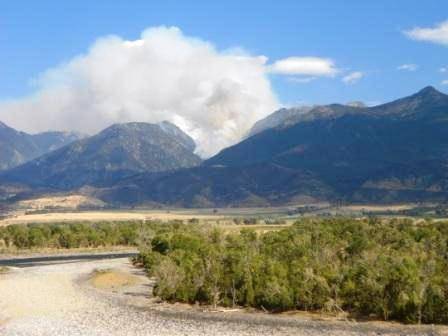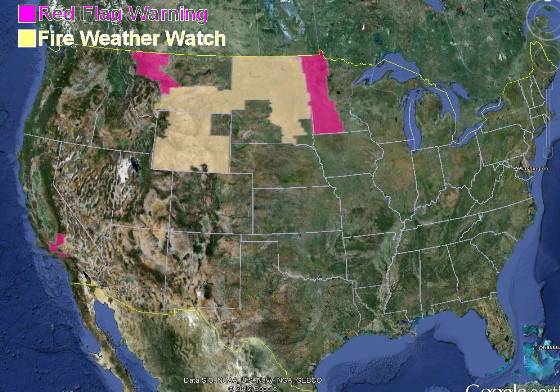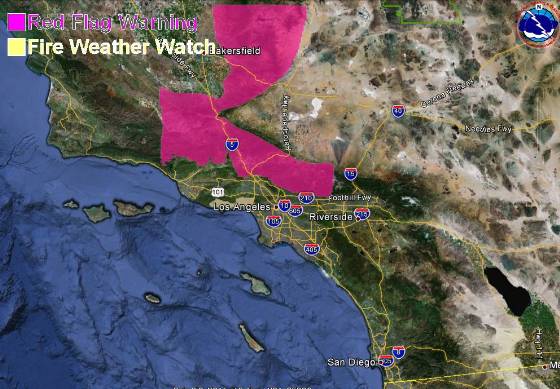UPDATE: the concert raised $100,000 for the firefighters.
****
John Mayer owns a home in Pine Creek, a small community about seven miles south of Livingston, Montana. The town was heavily impacted by the Pine Creek fire which on August 29, 2012 burned through the community and then into the Absaroka-Beartooth Wilderness on the Gallatin National Forest, eventually blackening 8,500 acres. Firefighters saved many homes, including Mr. Mayer’s, but five were lost in the fire.
In an effort to recognize and pay back the firefighters, he is organizing a concert to raise money for the local fire departments who fought the fire.
It is heartwarming to see rich people use their money, influence, or time to help a local community like Mr. Mayer is doing here. Another example is Michael Goguen the venture capitalist who is providing funding for a rescue helicopter in the Flathead Valley of Montana. Is there something about Montana that inspires this kind of generosity?
Kelly Anderson covered the Pine Creek Fire for Wildfire Today while I was working in Portugal.

The benefit concert will take place on Wednesday, January 16th at the Emerson Theater in downtown Bozeman, MT. Mr. Mayer will be joined onstage by Zac Brown and Clay Cook of Zac Brown Band. Also performing will be David Ryan Harris, Sean Hurley and Aaron Sterling among other special guests. Zac Brown and Clay Cook, along with long time band mate David Ryan Harris, will step in to add vocals.
In Mr. Mayer’s own words, “Without the tireless effort and dedication of the firefighters of the Pine Creek Fire, many more homes and memories would have been destroyed, mine among them. I wasn’t in town when the fire broke out and I’ve always wished I could do my part to help, the way so many in the community did. Putting on a concert to raise some money for the departments is the least I can do for a town and a community that has welcomed me with open arms.”
Tickets for The Livingston Town Proper, will go on sale December 15th at 10 a.m. MT. A limited number of premium seats will be available through Tickets-for-Charity at $1,000 per ticket package, including a donation directly benefiting the Park County Community Foundation (PCCF) to support local wildfire relief. These tickets include a meet and greet with John and Zac Brown as well as an autographed poster. For more information on Tickets-for-Charity’s Charitable Sale™ program, go here. The rest of the tickets will range in price from $100 to $250 and can be purchased at www.ticketriver.com.












